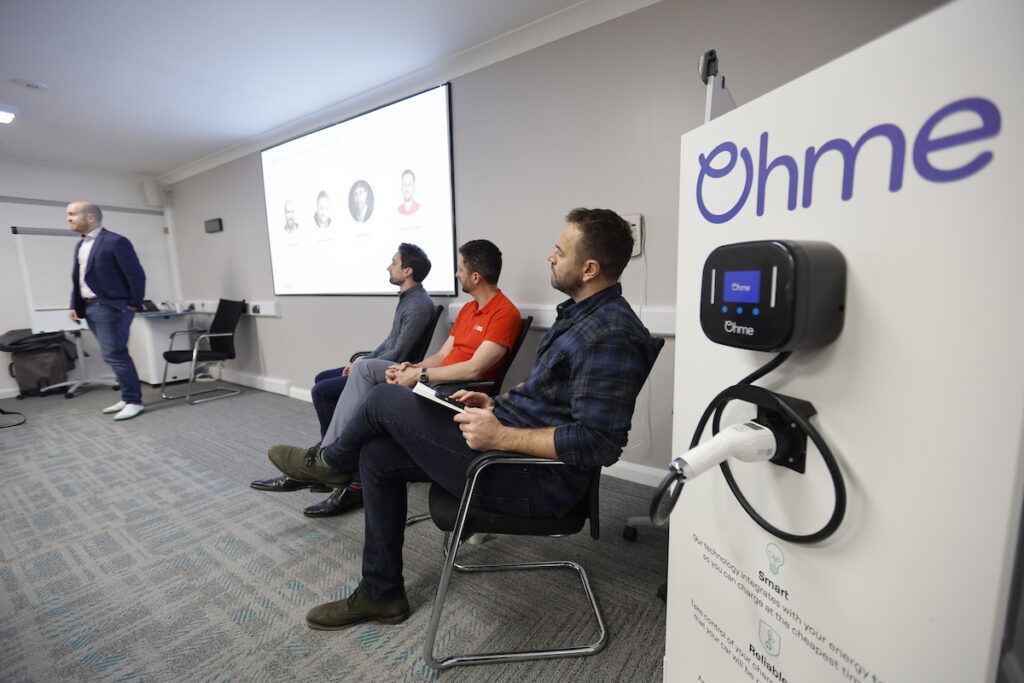Chris Paul and Ryan Naidoo from law firm Trowers & Hamlins explain to Transport + Energy about the challenges and opportunities in the electrification of HGVs
Decarbonising transport is a significant focus for the Government’s Net Zero target. The Climate Change Committee’s (CCC) Seventh Carbon Budget (published February 2025) projects that emissions from surface transport will need to have fallen by 86% by 2040 (against 2023 levels), with 63% of HGVs becoming electric.
The Government aims to phase out the sale of new non-zero emission HGVs (26 tonnes and under) by 2035 and all new non-zero emission HGVs by 2040. Those targets need to be backed by investment in charging infrastructure and targeted support for the sector. But delivery is not without challenges.
The CCC identified barriers, including vehicle weights, reduced payloads and the need for investment to allow charging on route and at journey end points. The Government’s publication of the UK’s Modern Industrial Strategy and UK Infrastructure: A 10 Year Strategy (published June 2025) provides an insight on the areas of focus.
Zero Emission HGV and Infrastructure Demonstrator (ZEHID)
The £200 million ZEHID programme is now at deployment stage. This aims to support the commitment to ending the sale of new non-zero emissions HGVs by 2035/2040, and understand the costs and merits of various zero-emission HGV technologies.
A key focus of the programme is to address the upfront costs of designing, installing and operating Megawatt+ electric charging stations, hydrogen refuelling stations and both depot-based and public access hubs. The Modern Industrial Strategy refers to the programme rolling out “hundreds of battery electric and hydrogen fuel cell HGVs, and new charging and fuelling infrastructure, by March 2026”.
The programme has two phases: the first supporting procurement and infrastructure development in 2024-2026, and the second focusing on on-road demonstrations of zero-emission HGVs in 2026-2031.
The programme also supports research and development into enabling technologies, such a fleet management software and charging coordination systems and trials of battery-electric and hydrogen fuel cell HGVs.
Developing Infrastructure
In March 2025, UK Innovate announced the planned location of 54 new infrastructure hubs across the UK. These hubs are being led through four key project partnerships under the ZEHID programme (being the Project Electric Freightway, eFreight2030, ZENFreight and HyHAUL), and will be integrated into the road transport system, focused on depots, motorway services and arterial roads.
- The Electric Freightway project (led by GRIDSERVE), will establish an electric HGV (eHGV) charging network at motorway services to support long-distance travel, with more than 10 commercial depot charging locations. The project involves a mix of charging infrastructure (with around 200 chargers being installed), and at least 140 eHGVs being brought into fleets to provide data on the operational practicalities.
- eFreight2030 includes fleet operators, retailers, vehicle manufacturers, chargepoint manufacturers/operators and data/software providers. They are introducing 100 eHGVs, with 32 new charging locations. The programme also includes vehicles to be managed by a vehicle leasing company enabling eHGVs to be used on a subscription basis. The consortium will help identify the challenges and opportunities of eHGVs.
- ZENFreight is a consortium of vehicle manufacturers, operators and data analysts which is conducting parallel demonstrators for both eHGV and hydrogen fuel cell (FCEV) HGVs. Alongside demonstrator vehicles, the consortium is also developing a national network of EV and hydrogen refuelling locations across its 25 depots.
- HYHAUL is a consortium developing a hydrogen supply chain and hydrogen refuelling infrastructure along the M4 corridor. This will provide an insight on how hydrogen HGV infrastructure can be rolled out more widely.
Getting powered up
Obtaining a grid connection remains a significant barrier for all major infrastructure projects.
Connections for existing depots and logistics hubs will not have considered the future requirements of eHGV charging. Securing connections/upgrades may delay the roll out of charging infrastructure in areas with limited capacity.
The grid connections reforms (TMO4+) aim to prioritise projects based on readiness and strategic alignment criteria to re-order the existing connections queue. Developers must assess project viability in light of these reforms and engage early with DNOs to ensure that projects can be delivered.
For hydrogen-based solutions, the challenge will be scaling up the supply of ‘green’ hydrogen. With other sectors also looking to hydrogen (eg power generation, manufacturing and aviation fuels), the Government’s flagship hydrogen programme (HAR2+) will play an important role in building low-carbon hydrogen production in the UK.
Given the challenges in rolling out the necessary infrastructure, collaboration across the transport sector will continue to be an essential part of the successful transition to zero-emission HGVs.

Ryan Naidoo (Associate, Energy and Sustainability) and Chris Paul (Partner, Energy and Sustainability) from Trowers & Hamlins LLP








